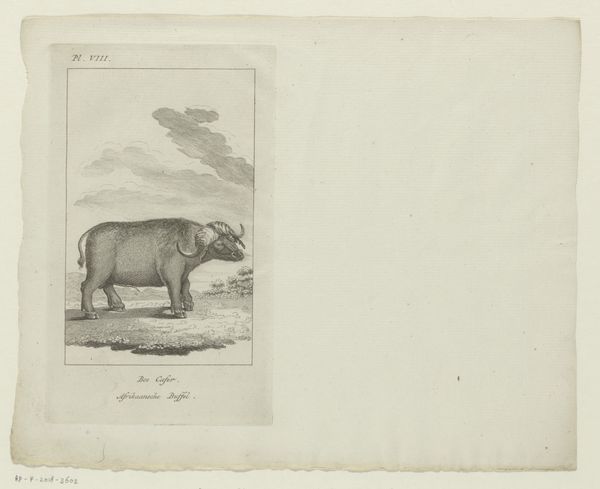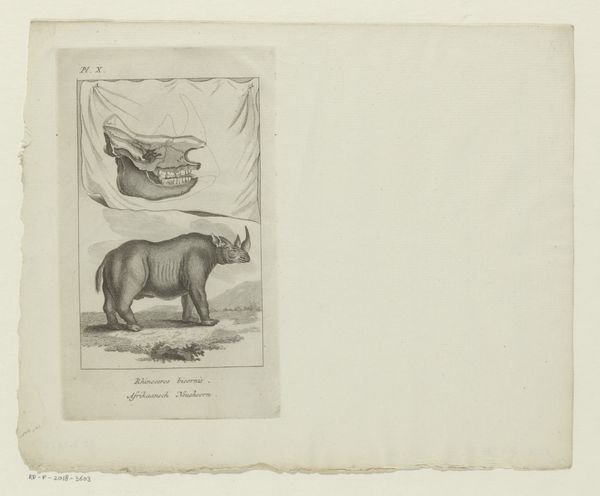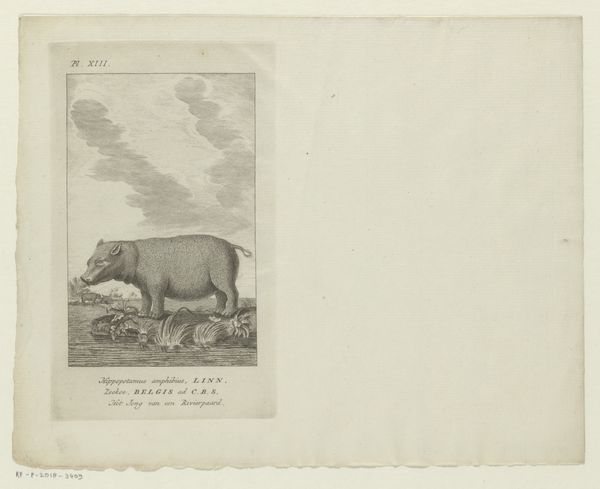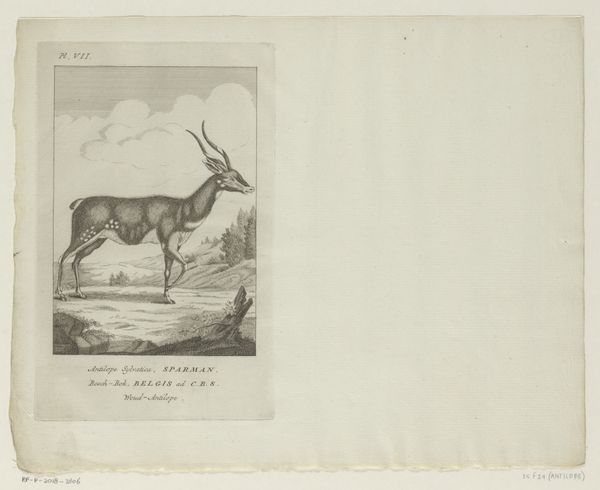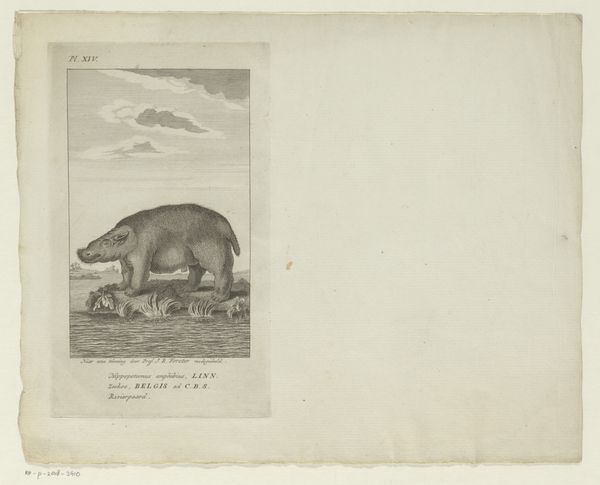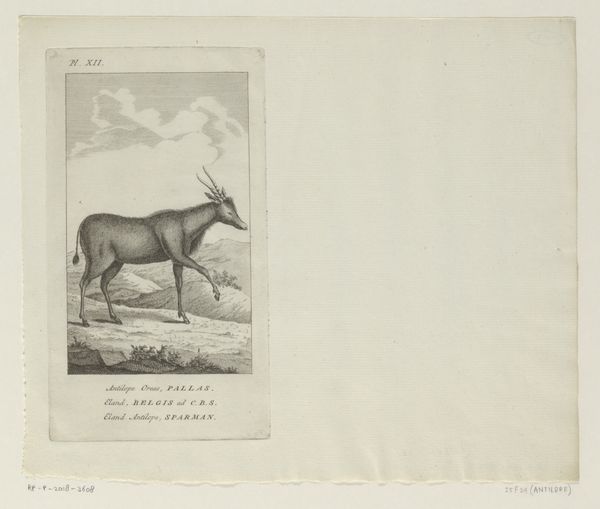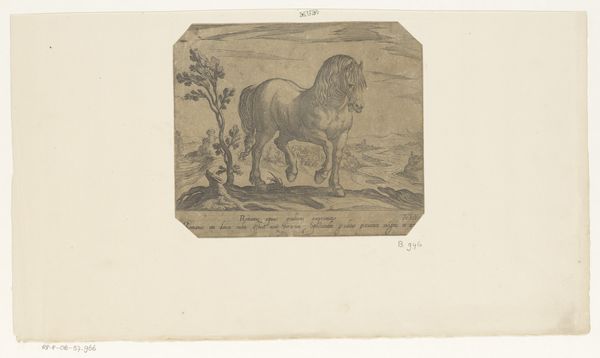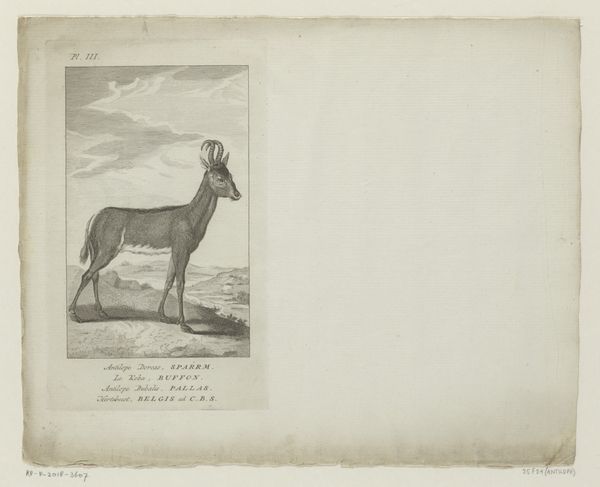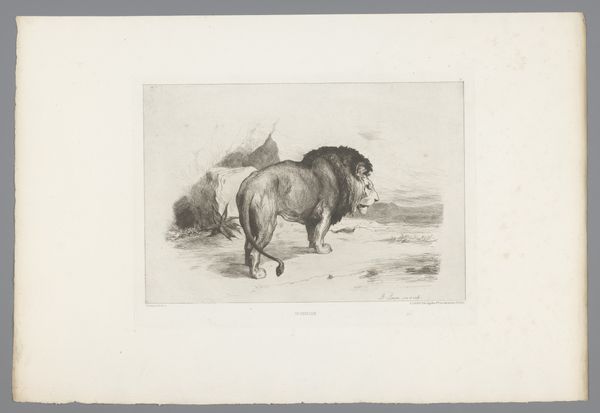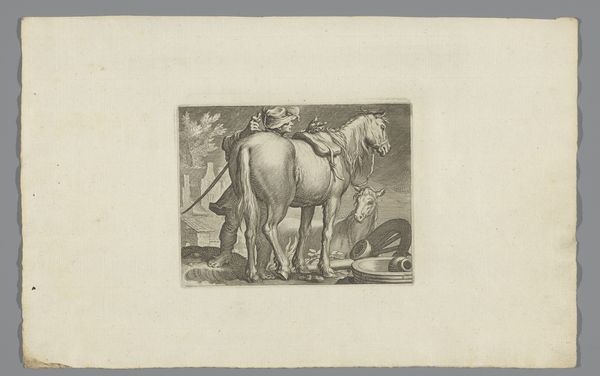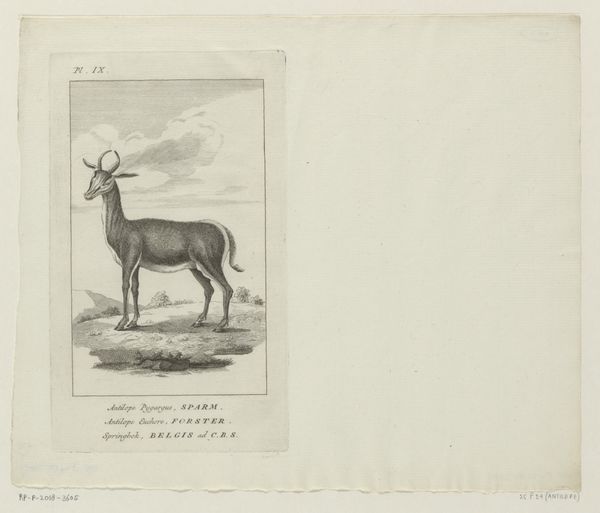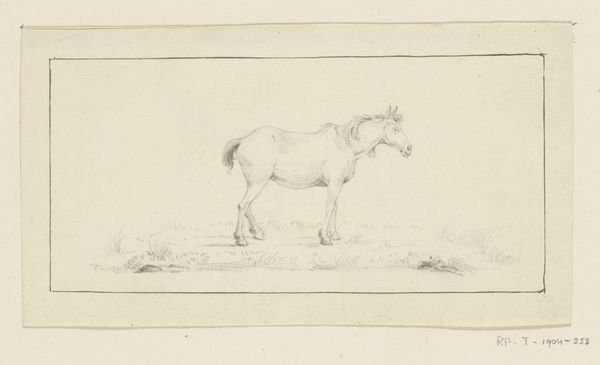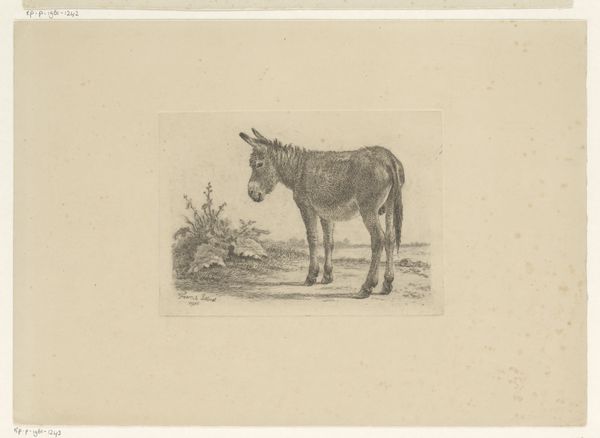
print, engraving
#
neoclacissism
#
animal
# print
#
landscape
#
engraving
#
realism
Dimensions: height 204 mm, width 119 mm
Copyright: Rijks Museum: Open Domain
Editor: This engraving, called "Gnoe," is dated 1787, and shows, well, a gnu! It’s a pretty straightforward depiction, kind of melancholic, isolated in this barren landscape. How do you interpret this work? Curator: It's easy to see it as simply a naturalistic study, but let's consider the context. 1787 sits squarely in the Enlightenment. Natural history illustrations weren't just about documentation; they reflected a desire to classify, control, and understand the world, often in the service of colonial expansion. How might the artist's depiction of the animal relate to that political context? Editor: So, you're saying it's not just a drawing of a gnu, but also a statement about power? About Europe trying to dominate the natural world, especially Africa where gnus are native? Curator: Exactly! This image could represent the “othering” of the natural world. Note the precise detail, typical of Neoclassicism: it turns the living creature into a specimen. Who is the intended audience here, and what message is being conveyed by presenting nature in this way? Editor: The audience would have likely been wealthy European intellectuals. Maybe this image reinforced their sense of superiority over the “wild” and the places it comes from? Curator: Precisely. And consider that illustrations like this often accompanied travel narratives or scientific reports, influencing perceptions of faraway lands and people. What seems like a simple animal portrait becomes implicated in broader colonial narratives. Editor: Wow, I hadn't thought of it that way. I was so focused on the image itself that I missed the bigger picture. Curator: It is a reminder that art never exists in a vacuum and is inextricably linked to power structures. By analyzing visual representation alongside social and historical contexts, we can uncover how seemingly neutral images reflect and reinforce specific ideologies. Editor: That really changes how I'll look at historical images from now on. Thanks for that insightful approach!
Comments
No comments
Be the first to comment and join the conversation on the ultimate creative platform.
